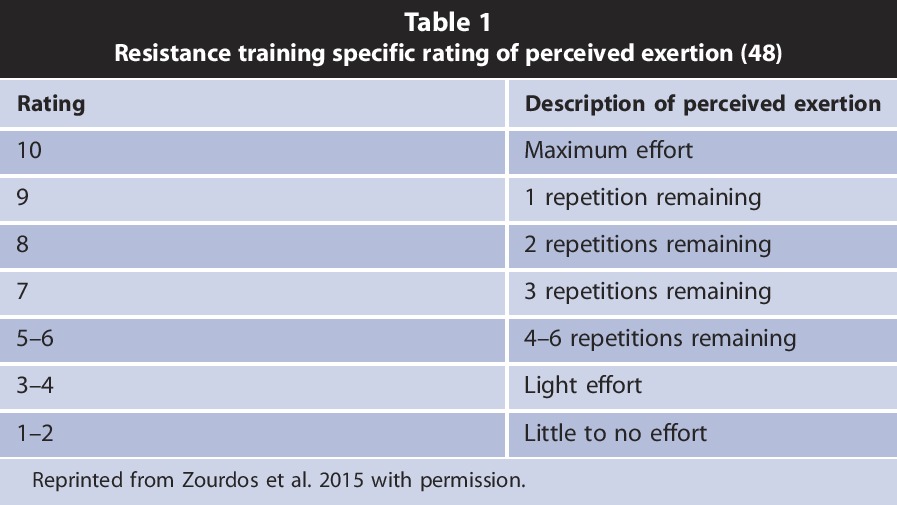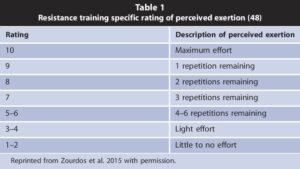One of our eight principles of program design is the idea of progression. For a program to be effective, the body must be steadily overloaded in a progressive manner. This improves results, but it also trains the body to tolerate higher and higher workloads.
One of the easiest ways to provide this overload is with increasing weight. But what is the best way to define this weight? One of the most common ways, especially in weight rooms across the country, is assigning a load based on a percentage of the most weight an athlete can lift for a given exercise; this weight is typically referred to as the person’s one repetition maximum, or 1RM. For many lifts and may athletes, this a perfectly appropriate method of determining exercise intensity. But it can present challenges for some lifts and some athletes.
According to the NSCA, many lift should not be tested to determine a 1RM. For example, testing a Romanian Deadlift for a 1RM is not advised for most–if not all–athletes. Further, 1RM testing is a challenge for many novice, inexperienced lifters.
An alternative, then, is to base the intensity on how hard it feels. This approach has traditionally involved a person providing a rating of their perceived exertion, or RPE. This system has proven to be quite successful. But another way to view RPE is to essentially invert it and ask not how hard is this, but how much more can you do? This is repetitions in reserve, or RIR.
RIR, stated differently, has the athlete identify how many more repetitions he or she could complete. For example, if you have performed 10 repetitions of the squat exercise, but feel like you could have performed 4 more, the RIR is 4. Performance as determined by 1RM is variable and can change based on fatigue, physical and emotional stressors, nutritional status, training experience, and even sleep. Therefore, assigning loads as a percentage of 1RM may not accurately reflect an athlete’s current abilities. Because they minimize some of the challenges of 1RM testing, both RPE and this scale have been shown to be valid ways of assigning intensity.
the RIR-based scale not only shares the benefit of putting all individuals on a “level playing field” that traditional RPE enjoys but also has the unique advantage of being more valid than traditional RPE for sets performed with near-limit loading
Researchers in New Zealand and at Florida Atlantic University provide the information below and refer to it as a “Resistance training specific rating of perceived exertion.”
The an RIR-based scale above is the most recent use of RPE for strength training participants and provides a valid, and easier to use, measure of intensity.


